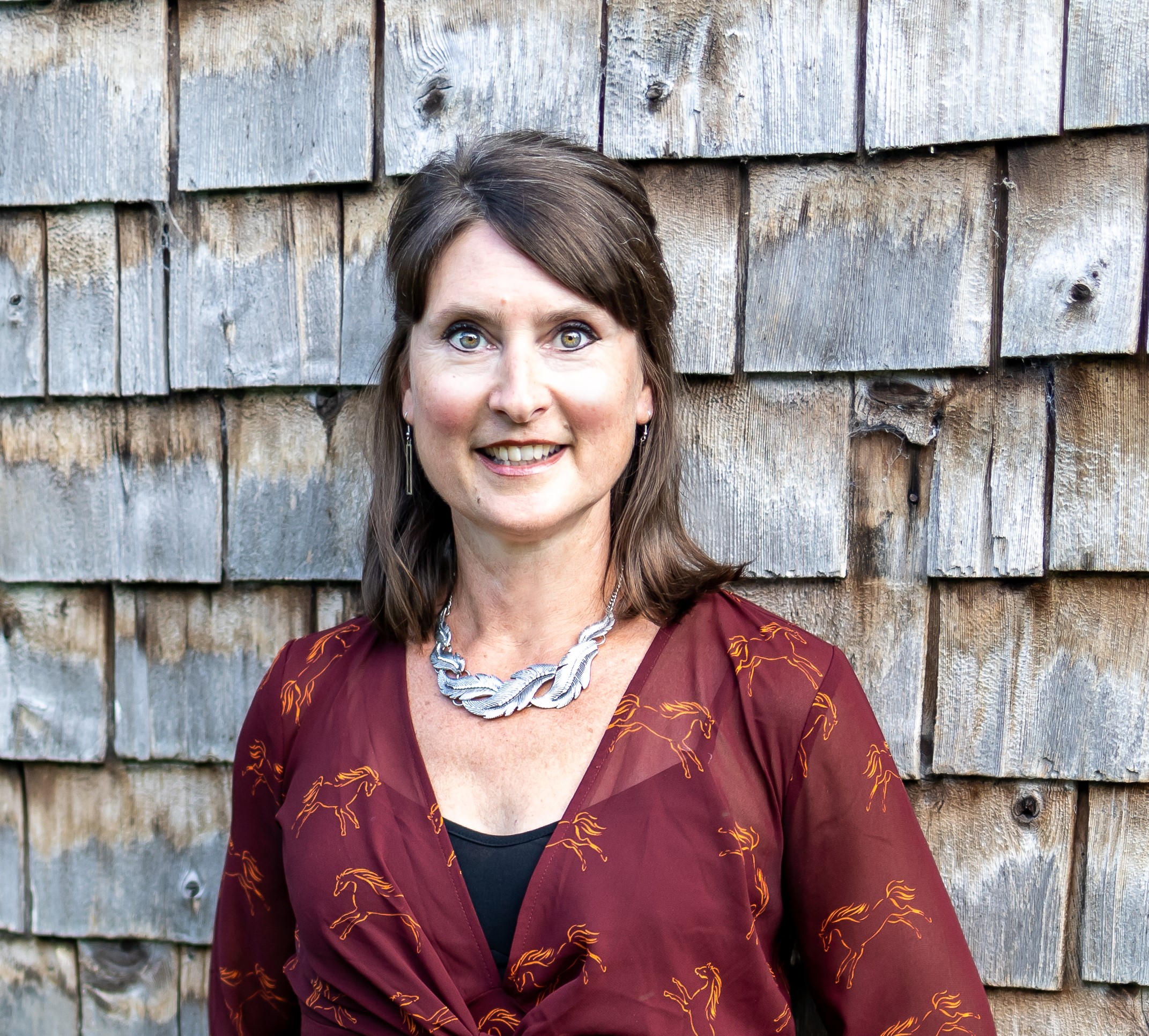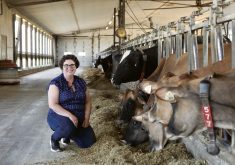It’s not an earth-shattering revelation to those working in agriculture that there is a farm-to-plate knowledge gap. We know that most consumers are generations removed from the farm and have misconceptions or a lack of accurate information about agriculture.
The Knowledge Gap theory is that information has traditionally been more accessible to those with higher socio-economic status. With the arrival of social media, however, those gaps have decreased; access to information has become available to everyone.
But when our brain is bombarded with information, it attempts to construct meaning from all the bits and pieces while simultaneously making split-second decisions about what needs to be remembered. All this action can leave the brain feeling a little muddled, so it employs heuristics, or mental shortcuts, to help process the information.
Read Also

Riding the tariff rollercoaster
Farmers are accustomed to roller-coaster years. But the current geopolitical windstorm is something else entirely. On his cattle operation near…
These shortcuts can create “cognitive holes,” or gaps in our knowledge, as the brain aims for efficiency.
To make sense of what’s important, relevant and urgent, our brains connect the dots of incoming information and then fill gaps with stuff we already know, concepts we’re more familiar with, or information from trusted sources (friends, family). The trouble is, the information we use to fill in these gaps can be incomplete, or even worse, completely wrong.
For years, those who possessed agricultural knowledge lived in rural areas and didn’t necessarily have the means to share information. As well, traditional media outlets don’t always present accurate information about the ag industry. When combined, these factors threaten to expand knowledge gaps into a chasm.
How can we help consumers fill cognitive holes and knowledge gaps about the ag industry?
More information on its own will not fill the hole.
The Information Deficit Model is based on the idea that if we throw more information at those who don’t understand an issue, they’ll finally “get it.” In recent years this theory has been largely discredited. We now know that when the general public doesn’t understand something scientific (i.e. agriculture), it can’t be fixed by simply supplying more facts. There are too many other factors at play such as emotions, world views, and ethical, cultural, and religious beliefs.
The key seems to be curiosity. It might have killed the cat, as the old saying tells us, but it can help you fill cognitive holes.
Behavioural economist George Lowenstein discovered that curiosity happens when we feel a gap in our knowledge. Curiosity can, therefore, lead to learning since knowledge gaps create interest — but we need to figure out how to open gaps before we can close them.
Our tendency is to tell people the facts. However, they first must realize that they need these facts. To convince people they need your information, introduce some specific knowledge they’re missing by asking a question that highlights a gap in their knowledge.
Mysteries are one way to counteract knowledge gaps, because they create a need for closure: “The ‘ah-ha’ experience is much more satisfying if it’s preceded by the ‘huh?’ experience,” says Robert Cialdini, persuasion expert.
Author J.J. Abrams once said that “mystery is more important than knowledge.” Find ways to generate intrigue with your listener and they’ll need to know more.
Learn how people learn
To fill knowledge gaps efficiently, it’s important to consider the various ways in which people learn.
The modern learner, as characterized by Deloitte Modern Learner research, wants to learn, but they are desperately trying to keep up. They’re feeling overwhelmed, distracted, and impatient, so they want learning content that is relevant, focused and succinct, timely, mobile, and engaging.
As people increasingly turn to the online world for just-in-time answers, you can use these windows of opportunity to share your expertise and fill knowledge gaps. According to 2016 data from the Pew Research Center, 61 per cent of U.S. adults got their news from social media, up from 49 per cent in 2012. You’re missing a giant opportunity for filling knowledge potholes if you’re not on the most popular social media sites, taking part in conversations and sharing myth-busting information.
Most importantly, the information you share should prioritize consumers’ learning and information goals. If you do, you’ll stand a better chance of capturing their attention, filling knowledge gaps, and ensuring they seek out you, the expert, when they have future gaps.
We all have gaps in our knowledge, so we shouldn’t judge others for theirs. What we should do is help consumers fill their knowledge gaps, especially since research shows that identifying and filling gaps is an important factor in the survival and growth of alliances.
“By socially interacting with alliance partners, individuals are able to communicate and explain their ideas and to put information together to fill their knowledge gaps,” says a study from Cardiff and Napier Universities. Think what an effective farmer-consumer alliance could mean for the industry!
By helping consumers get the information they need, you’re ultimately creating an environment in which your business can thrive.
April Stewart is a sixth-generation dairy farmer in Quebec, president of Canadian Young Speakers for Agriculture, and principal of Alba PR, whose latest project is The Farmer’s Survival Guide.
















